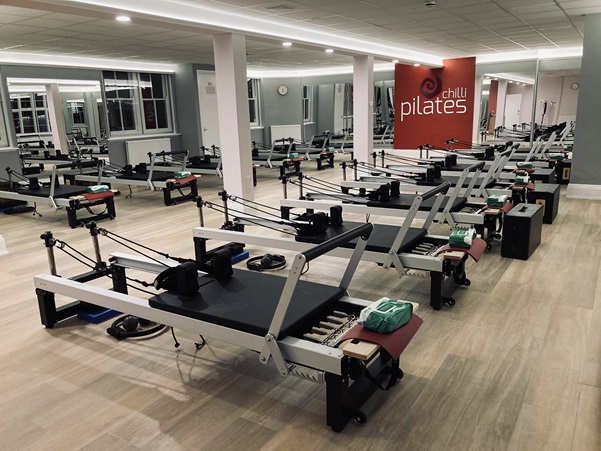Reformer Bed Pilates Workout


If you think that Reformer Bed Pilates is a new thing, think again. Using a reformer bed to support you as you exercise is almost as old as the exercises themselves. Reformer Bed Pilates was developed during World War I by Joseph Pilates, a man who devoted his life to the scientific study of the body in order to find ways of strengthening it. As a German living in the UK, Pilates was sent to an internment camp during the war, where he began teaching his mat exercises, which he called ‘Contrology’.
The equipment that was to become the reformer bed was developed later when Pilates worked in hospitals. He worked out a method of attaching springs to hospital beds, which allowed patients to build strength, align the spine and improve their posture whilst still lying down. After the war, Pilates moved to America where he further developed his adaptations in a reformer machine to help correct and recondition the body through a combination of exercises and controlled resistance.
The main elements of a reformer bed (or Pilates machine as some people call it) are a padded sliding carriage with headrest and shoulder rests, a foot bar, a standing platform, ropes and pulleys, and five springs.
The springs are a hugely important part of the reformer bed as they provide different levels of resistance which allow you to build up strength. There are a total of five springs – two blue, two yellow and one red. Before every exercise, your instructor will tell you which spring or combination of springs to use for best effect if you just want to do the standard workout or if you want to try something that’s a bit harder. It’s up to you as to which level you feel the most comfortable with.
In a Chilli Pilates reformer bed workout, your instructor will take you through a number of exercises that are designed to strengthen your muscles, increase flexibility and improve your posture. You will be using different aspects of the equipment to work on different muscle groups. Your instructor will tell you which springs to use, and how to stand, sit or lie in order to do the exercises safely and effectively.
You will use the resistance provided by the springs, bar, ropes and pulleys, as well as your own body, to help you gain strength. The movements you will be asked to do will help to improve your flexibility. If you have problems achieving these movements because of injury or pain, your instructor will be happy to give you alternative movements that you will be able to do.
Every session lasts 50 minutes, beginning with warm-up exercises and ending with cool-down exercises.
Group sizes are small – between 9 and 13 reformer beds – which enables instructors to spend plenty of time with you if you need it. If you are in the wrong positions, your instructor will gently adjust your body to get a better result. Instructors will also offer to help you intensify stretches to get even more benefit from your session. This will, by necessity, involve touch, so if you would prefer this didn’t happen, let your instructor know and they will respect your wishes.
We regularly post photos and videos showing our members and instructors working out in our studios. Follow us on Facebook, Twitter, Instagram or TikTok.
Sign up and get £10 OFF your first booking